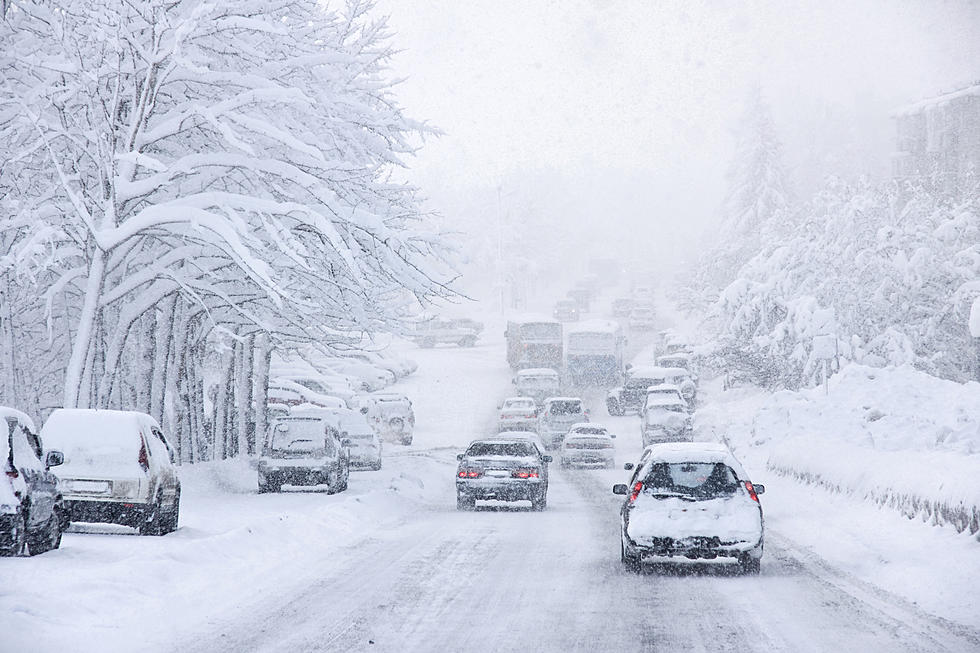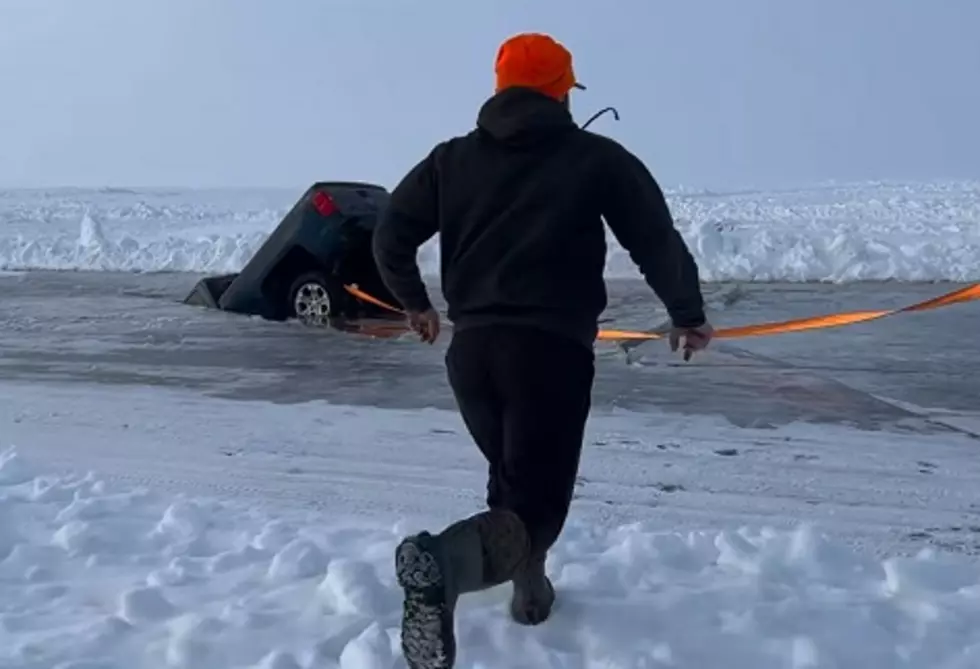
These 7 Animals Know How to Survive a Minnesota Winter
A winter spent in Mexico or hibernating sounds good to some people. For certain animals those means are necessary for survival.
Due to Minnesota's oftentimes brutal winter, animals must leave, go dormant or adapt to the conditions, or some combination of those options, according to Regional Nongame Wildlife Specialist Lisa Gelvin-Innvaer with the Minnesota Department of Natural Resources. Low temperatures and the lack of food access force action or death. That is part of the circle of life she points out, and food for other animals.
Even as some birds head south, to Mexico or farther, Minnesota gains some feathered residents as some birds migrate from Canada to Minnesota and may stop at your bird feeder. Bald eagles will remain in the region if there is open water for food gathering. Although the resourceful symbol of our nation isn't too proud to resort to some road kill now and again.
Bears aren't the only animal that hibernates. The little brown bat goes into such a deep sleep in their caves that they appear dead, Gelvin-Innvaer said. Animals need to limit the use of energy, and hibernation accomplishes that. Reptiles and some insects will also go dormant. Some frogs, like wood frogs, can freeze nearly solid during winter.
Snowshoe hares have adapted to the change in the weather with their long feet to escape predators by skimming across the snow or blending in when their fur turns white. Some creatures pay the ultimate price to keep the species alive. Gelvin-Innvaer said some insects will die after laying eggs in the fall.
There are a number of ways we can help animals make it through winter. Bird feeding is an obvious option. Providing some leaf litter in your yard gives butterflies a place to spend winter as caterpillars. Birds and small mammals would feast on the seeds of standing dead flowers. You can donate to the Minnesota Nongame Wildlife Program, which receives more than 80 percent of its money from voluntary tax-deductible donations. Donations can be made through your tax return or by going online.
- courtesy of Minnesota DNR
courtesy of Minnesota DNR 1Loons
Adult loons leave on migration without their young, leaving the next generation to find its own way when they begin their migration.
- Imgur
Imgur 2Mice
Rodents tunnel under the snow in an effort to find warmth.
- Roy Koenig/Townsquare Media
Roy Koenig/Townsquare Media 3Moose
Moose will develop a thicker coat during winter, allowing them to handle frigid temperatures.
- townsquaremedia
townsquaremedia - courtesy of MN DNR
courtesy of MN DNR 5Frogs
Some frogs can freeze nearly solid without damage in winter others burrow deeper into the mud.
- courtesy of Minnesota DNR
courtesy of Minnesota DNR - courtesy of Minnesota DNR
courtesy of Minnesota DNR 7Snowshoe hares
Their brown fur turns white during the winter, and their feet help them escape from predators by skimming over the snow.
More From KDHL Radio










